During my setters’ inaugural spring run, I relish the sound of bells clanging and beepers chirping. It’s been a long, snowy winter up North, and the warming temperatures have an unparalleled affect on my mind, body, and soul. Gone are the days when the snowdrifts were so high that I shoveled my way past the front door. My setters are tired of paws loaded with snowballs, and they’re bored with hurdling through the drifts. Heck, they’re even sick of lounging by the fire! They are ready to be back where they belong, back in the now-thawing woods. So do I.
In March, enough of the snow has melted and the ground is soft. Buds form on the trees and the mashed-down understory shows signs of turning green. It is time to return to the coverts my dogs and I left behind in the fall. It’s spring woodcock season in New England, and it’s different from where we left off in the fall.
Starter pistols replace shotguns, and when I fire a blank the gun smoke makes me smile. Dead bird, I think, and on some days I actually believe that I would have hit 100 percent of the birds. “Yeah, I would have hit that one,” I tell myself. “An easy shot for sure. C’mon dogs, let’s go find some more.”
The river-bottom lowlands are pockmarked with leafless trees; air temperatures about the same as they were in the fall. Whenever hot and cold temperatures mix during these transitional times they create low-hanging moisture and an overwhelming amount of gray. In the fall it comes from cold winds and a warm ground, while in the spring it’s the opposite. There is an incredible fog in the valleys and the river bottoms, and the fog lingers until the sun rises above the tree lines and burns it away. Sounds are muffled, but by mid-morning the sun will shine. The fog will disappear and I will be able to hear. I love hearing the sound of bells.
The winds are different from where I left off in November, and they are luffing from the west-southwest instead of the north-northwest. Those Southern winds channel warmth from far beyond the Mason-Dixon line, and they are responsible for the thaw going on in the woods and in our bodies. Thankfully it’ll be a long time before they retract.
The smell is very different in the spring. The combination of cold ground and warm air creates a unique mustiness associated with the decomposing leaves that fell throughout October. Gusts of wind cause the earthiness to waft through the bare alder, white birch, and poplar runs. The odor is exaggerated when the dogs’ paws or my own boots turn over the soil and the muck.
We search for returning woodcock. It’s great conditioning, for sure, and it’s a way we can all work off the pout on our bellies. The workouts are great for correcting sagging tails and staunching up points. Puppies and young dogs get the opportunity to cut their teeth on the birds that will return when they are more mature. It’s a fun time of year — a preseason of sorts — and we enjoy it while we can.
Even better than listening to the bells is the silence that comes when they stop. A dog is on point, and in the spring it is a cause for celebration. The anticipation of walking in on a point is back, and I now recognize that it is a feeling I have been missing. As more birds return the points will increase in frequency, and I am thankful for each and every one.
Like our regular woodcock season, we only have a short window. Mother Nature always sees to that. There are a few weeks when the coverts are full of birds. They’re tired after their long migration, and they loaf and eat, loaf and eat. To my mind, this is the perfect time to run dogs, particularly when the woodcock numbers increase like they do during peak fall flights. When the birds begin their skydances and peenting we pull off the dogs and leave the birds to breed. We’ll replace the woodcock’s earthy aroma with pigeons and raised quail from the coop. Life is full of compromises, and this one is welcomed.
By late spring everything has come to life. The more time I spend in the woods the more I witness the rebirth. The wilted, droopy understory, brown and dead, gets a dose of strength. Green shoots sprout from the ground and start to fill up the empty spaces in between the thin alders and white birch. Buds start to form on the tree limbs, and as more time hits them they grow bigger and bigger until they burst wide open. But during those few weeks when I’m back in the spring woodcock woods I get a glimpse of what is to come. This time of year is like a rest stop on a long drive. The fall isn’t as far away now, and I cannot wait.
 This fascinating anthology showcases 38 wonderful stories from those halcyon days when sporting gentlemen pursued the noble bobwhite quail with their favorite shotguns and their elegant canine companions.
This fascinating anthology showcases 38 wonderful stories from those halcyon days when sporting gentlemen pursued the noble bobwhite quail with their favorite shotguns and their elegant canine companions.
The 368-page book opens with compelling tales by the literary giants from quail hunting’s golden era, including Nash Buckingham, Robert Ruark, Havilah Babcock, Archibald Rutledge, and Horatio Bigelow.
The book’s second section presents reminiscences by sporting scribes of the modern era, among them Jack O’Connor, Gene Hill, Joseph Greenfield, Dave Henderson, and Mike Gaddis. The third section is comprised of unforgettable short stories on quail hunting and bird dogs by James Street, Bob Matthews, Dan O’Brien, and Caroline Gordon.
Will the sweet sound of whistling wings, the heart-stopping beauty of a sunset point, the timeless partnership of a man and a dog wise in the ways of wild birds ever return? Perhaps, but for now we can rejoice in the fact that we can, through the writings of some of the finest sporting scribes America has ever produced, experience those golden days vicariously. Buy Now

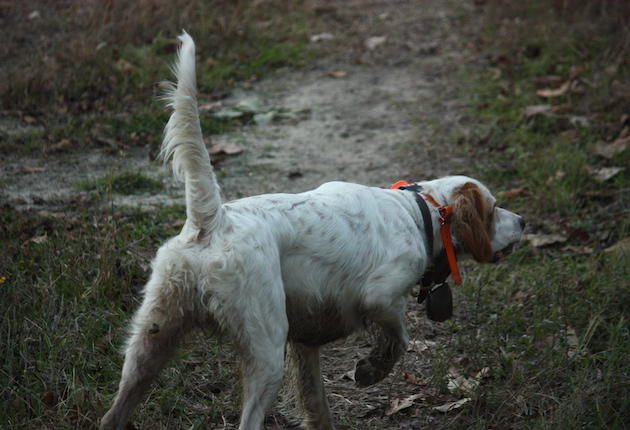
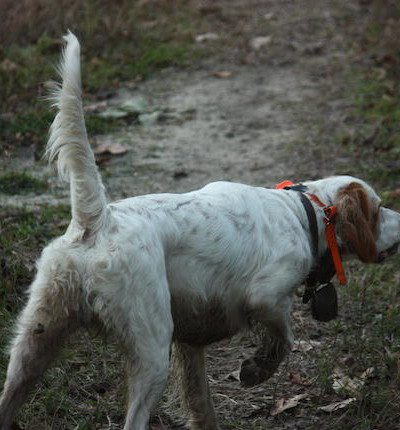
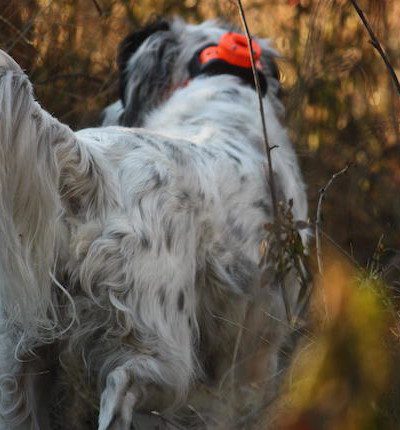
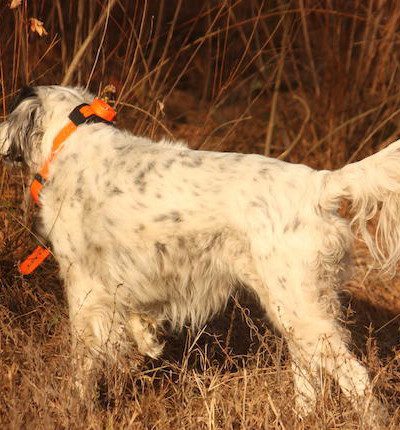
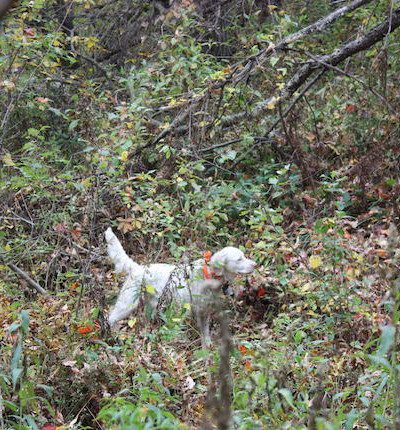
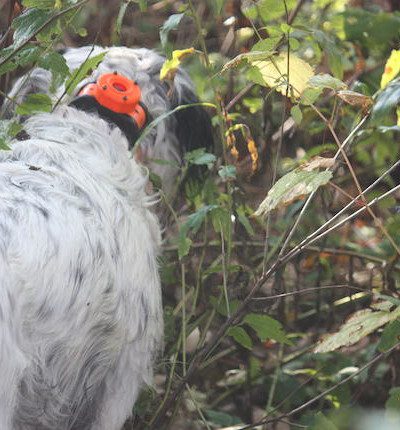
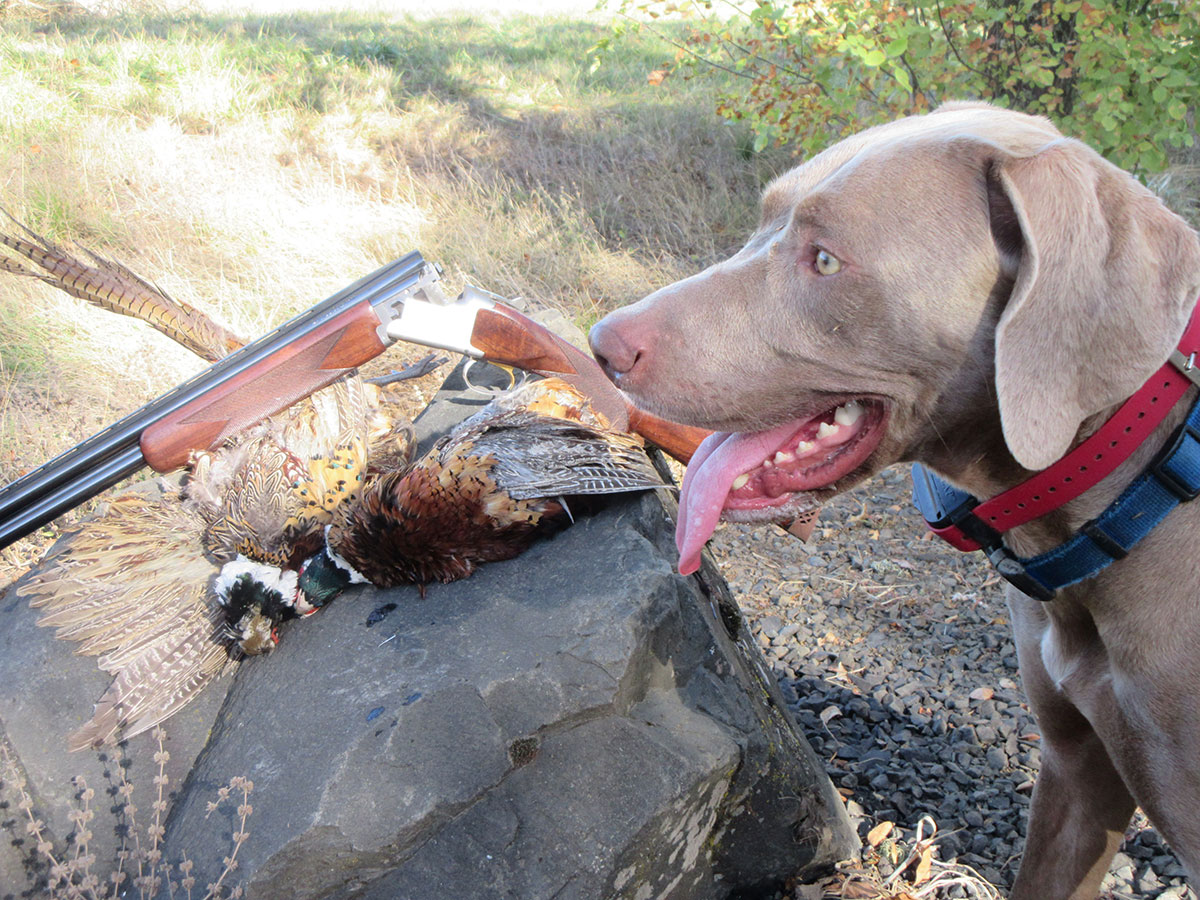
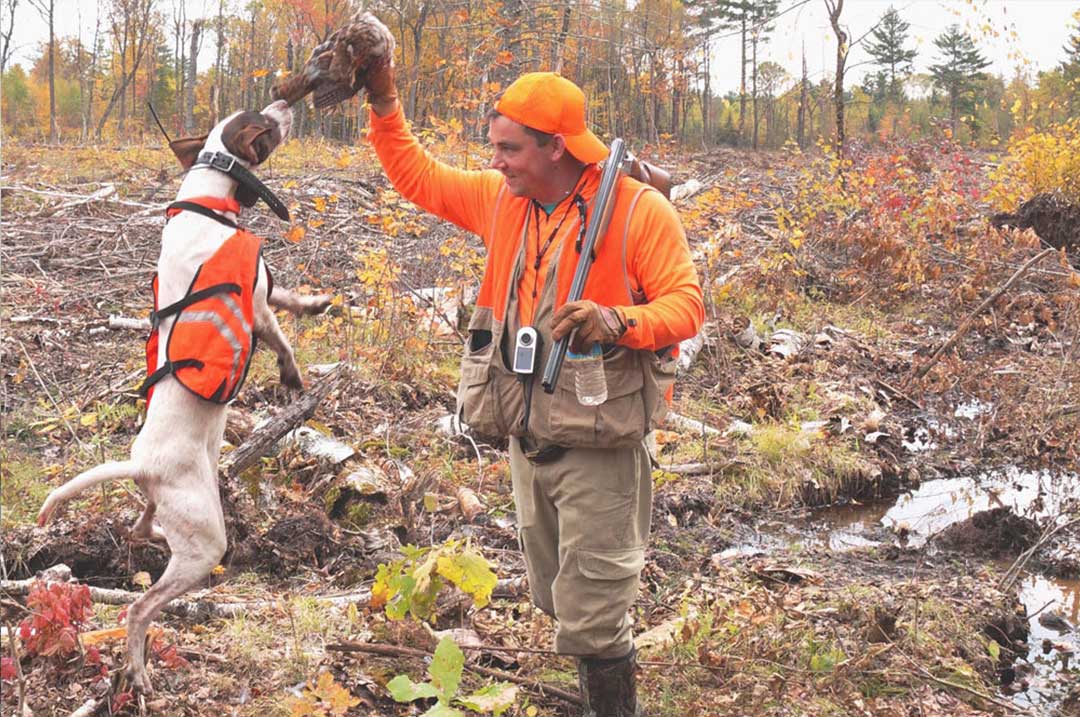

Thanks for a well written article, just be aware that Vermont Fish and Wildlife laws “only” allows the training of bird dogs on wild birds from Jun 1 to last Saturday in September.
Great article, Tom
Very nice, Tom. After attending an upland symposium in Traverse City on Saturday, I put in a Sunday afternoon of shooting, folowed up by a run with the dogs, in which we moved two woodcock. It’s SO GREAT to get out behind the dogs again! Love those bells.